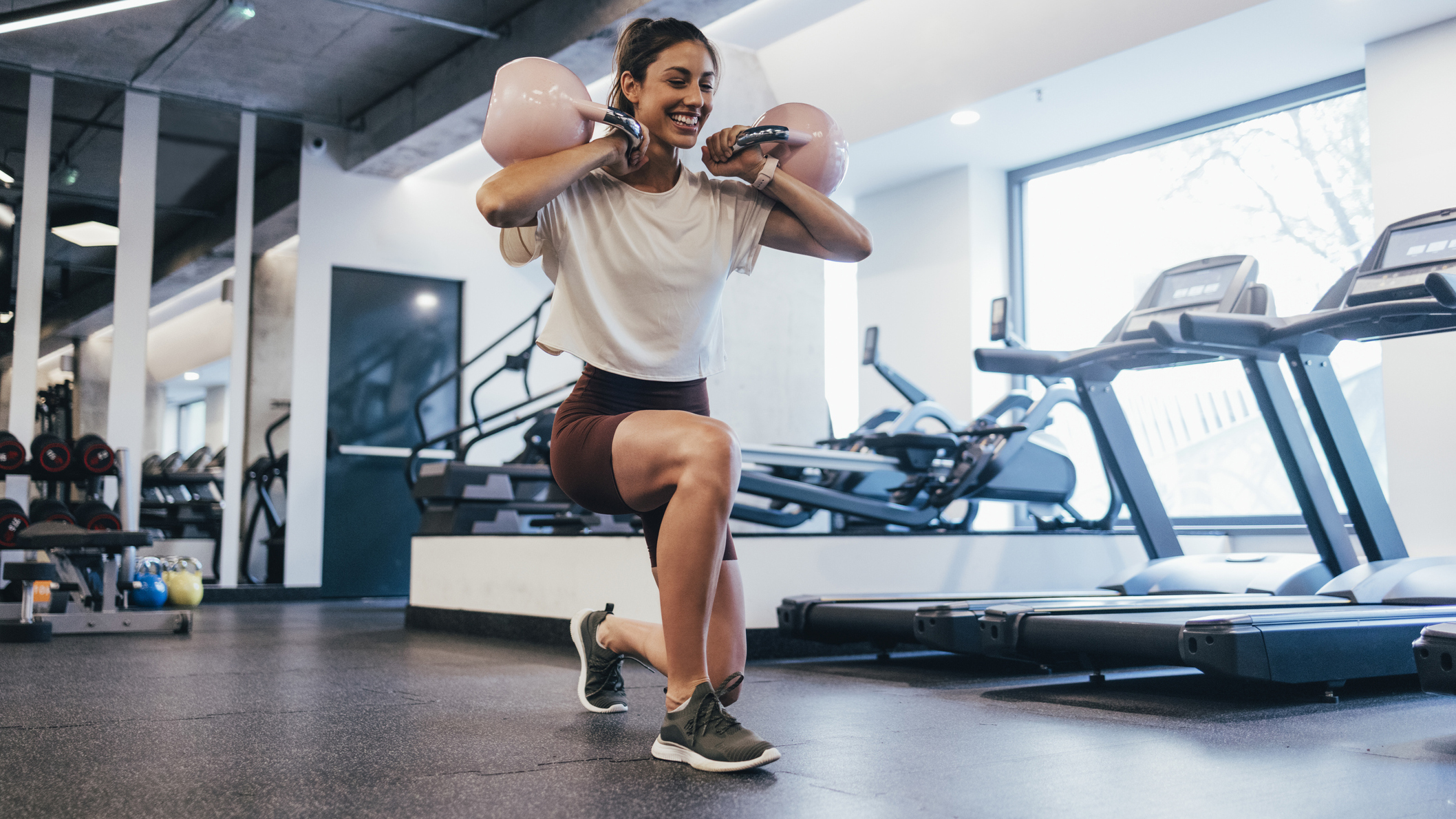
As a regular gym-goer, I’m always on the hunt for time-saving hacks that can elevate my workouts. So when I spoke to a personal trainer about wanting to spend less time in the gym—but still needing to hit my fat loss goal—I was eager to take on any suggestions she had.
Her advice? Stop cramming in workouts targeting specific muscles and try full-body routines instead.
I've always grouped my workouts into upper- and lower-body sessions, to maximize my strength gains. However, full-body workouts have their own advantages: they can prevent muscle imbalances, improve stability and mobility, and help you gain muscle while still losing fat.
Armed with this information, I decided to switch up my routine for a few months to see if it would help me reach my goal.
My results
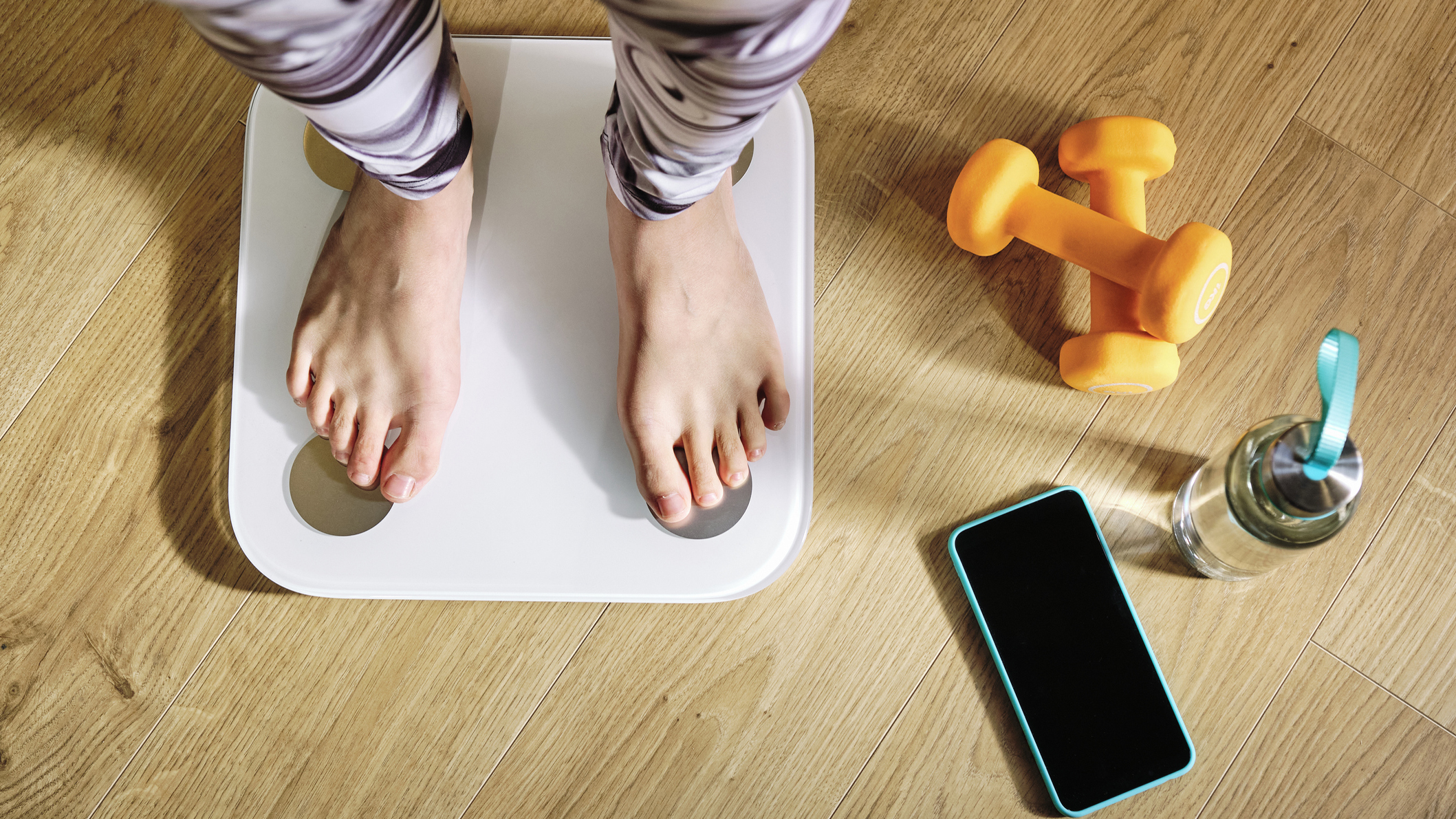
Until the start of 2023, I’d always split my workout routine into different muscle groups, training legs one day, arms and back the next day, and then combining cardio and core on the final day. This approach had led to some solid muscle gain, but not much in the way of fat loss.
Following my trainer's advice, I swapped this schedule for three full-body workouts every week instead. I also made sure I was doing cardio with each gym visit.
By the end of the first week, I already felt like a convert to full-body workouts. Not only was I managing to work muscle groups that I often neglected, like my back and triceps, but I also felt more energized and, surprisingly less sore, as I wasn’t training any one muscle group so intensely per session.
Using my smart scales at home, I noticed a 0.5 percent dip in my body fat percentage after the first three weeks, but by the following week, my body fat percentage had gone down by 2 percent. This was the most progress I’d seen in six months.
After three months of sticking to my new routine, my body fat percentage had dropped by 6 percent. I also felt generally fitter and less out of breath, probably because I was breaking a sweat every session by incorporating cardio.
Full body vs spilt for fat loss
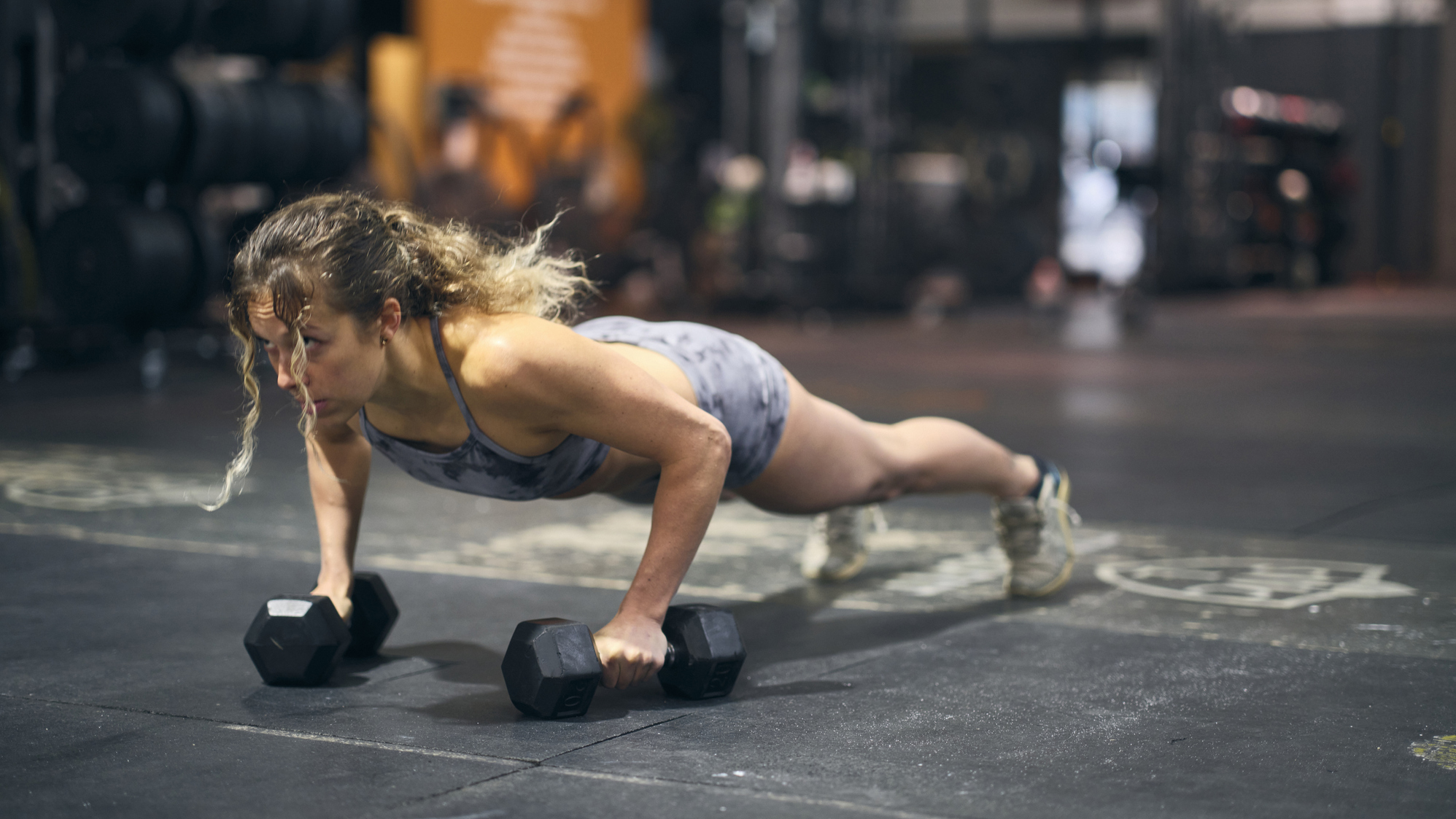
I paid attention to my calorie intake and energy expenditure during the six months of full-body workouts, but didn't drastically change either of these things. So what caused the loss in body fat?
It's likely that the compound exercises involved in full-body routines (like squats, lunges and burpees) increased my calorie burn and contributed to the all-important calorie deficit needed for fat and weight loss.
While isolation exercises like bicep curls and tricep dips are great for building specific muscles, they don't burn as many calories as whole-body moves. And as I had previously doing upper-body sessions during the week, it's likely that these workouts had yielded a lower calorie burn than the replacement full-body routines.
“Full-body workouts are a highly effective way of losing fat and maximizing the amount of calories you burn,” says personal trainer Abbie Watkins. “If you're looking to lose body fat specifically, I’d recommend incorporating some form of cardio into your full-body workout, as this will have a positive effect on your metabolism and help you build lean muscle."
Are full body workouts better for most people?
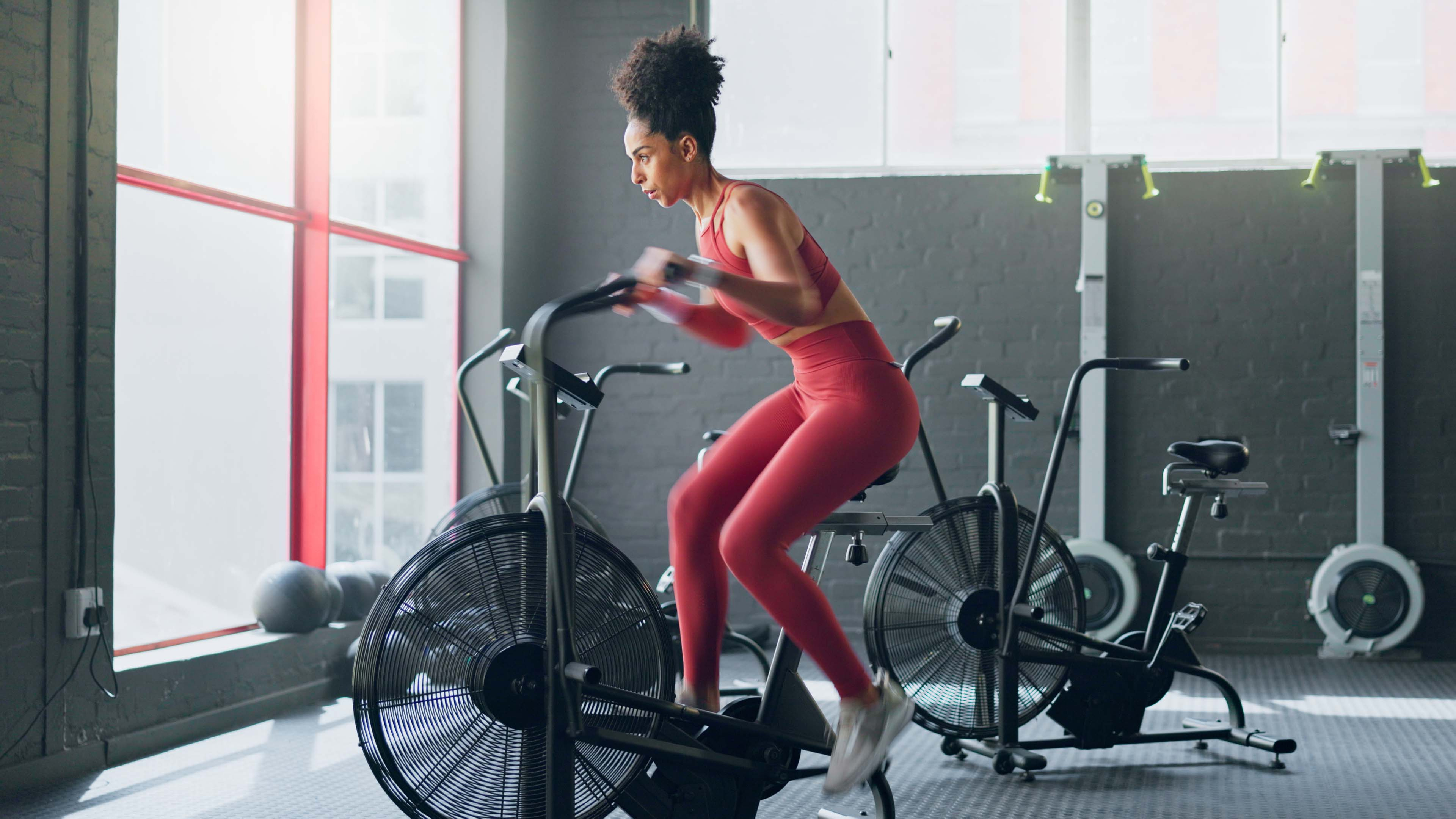
“If you don’t plan on going to the gym more than four times a week, you won’t give each muscle group enough attention to see results with a split-workout routine,” says Dean Zweck, a personal trainer and product development manager for the gym group Total Fitness.
“A full-body routine, two to three times a week, might be best as it will allow you to train each muscle more frequently, particularly the larger leg muscles.”
“Full-body workouts offer several advantages over split routines,” adds Tom Brownlee, a sports scientist and assistant professor at the University of Birmingham.
“This style of training engages multiple muscle groups in a single session; it’s time-efficient and it enhances cardiovascular health, due to the intense nature of the workouts. Additionally, full-body routines can help prevent muscle imbalances, reduce the risk of overuse injuries—when programmed correctly—and are adaptable to various fitness goals, making them a versatile choice for many individuals.”
Full-body workouts could also help with your muscle gains. The results of a small 2019 study from the Journal of Strength and Conditioning Research showed that a full-body training routine with muscle groups trained five days a week increased muscle size and strength more so than a split-workout routine.
“The research tells us that if we allow enough time for recovery between sessions —usually one day is fine—then compound exercises, engaging multiple muscles, can promote efficient muscle development,” says Brownlee.
“As well as rest, intensity is key here, too. If we’re not increasing the amount of weight we lift over time then our body will no longer need to grow and adapt.”
How to plan your full body workout
“When planning your full-body workout be sure to incorporate compound exercises such as squats, deadlifts, lunges, bench press, dumbbell rows, lat pulldowns, shoulder press and leg press,” says Zweck. “They target multiple muscles simultaneously, ensuring you get the most out of your workout. Aim for two to four lower- and upper-body exercises, doing three sets of 8-12 reps of each exercise.”
To help you get started, here are three full-body movements that you can add to your routine.
Lunges
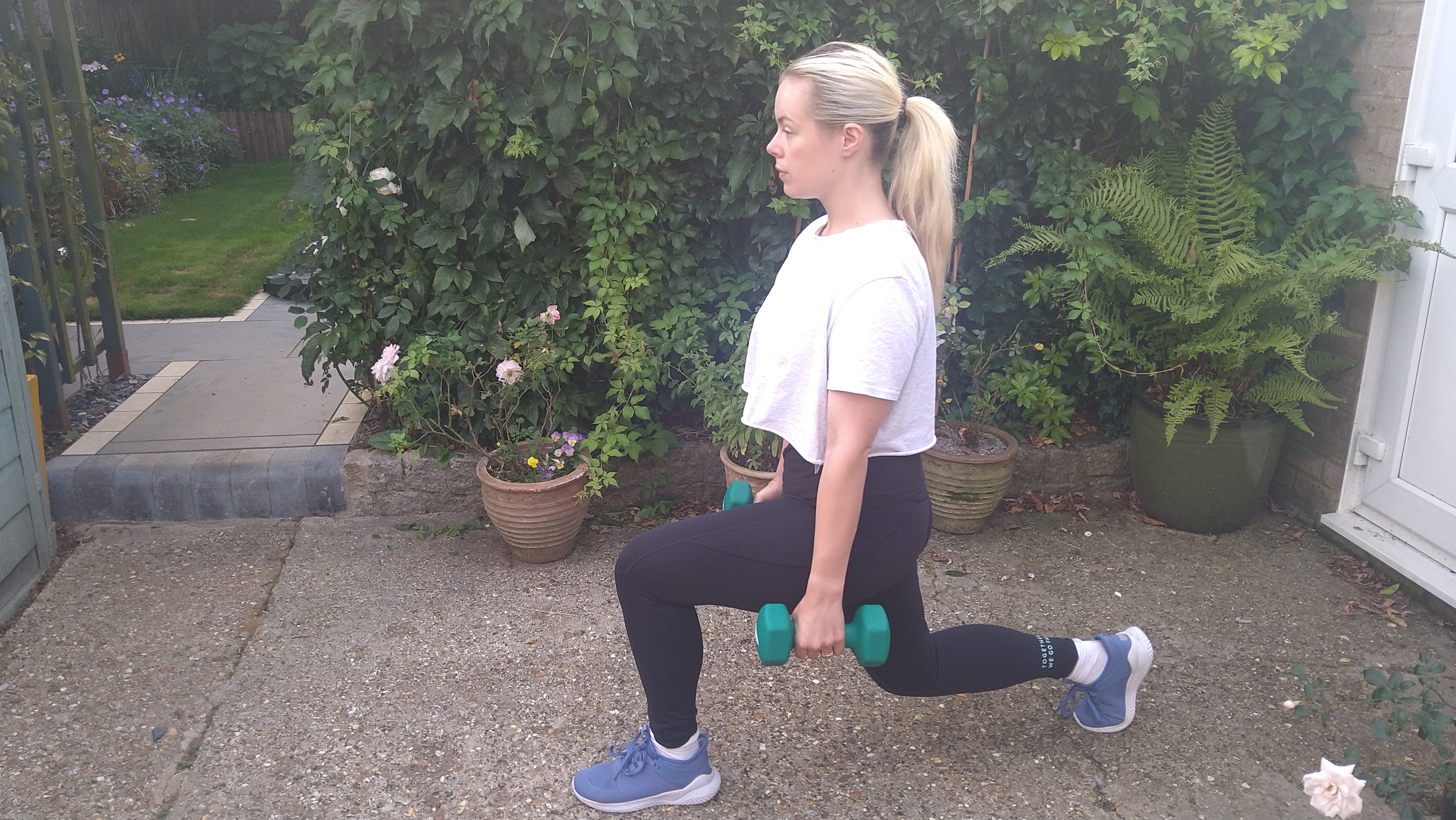
- Step forward: Take a step forward with one leg while keeping your back straight and shoulders relaxed.
- Lower down: Bend both knees to create a 90-degree angle with both legs, until your back knee almost reaches the floor.
- Return: Push off your front foot to stand back up and return to the starting position. Alternate legs for each repetition.
Squats

- Stance: Stand with your feet shoulder-width apart and your chest up, maintaining good posture.
- Squat down: Bend your knees and hips, lowering your body as if sitting back into an imaginary chair. Aim for your hips to be level with your knees.
- Stand up: Push through your heels to return to the standing position, extending your hips and knees fully.
Dumbbell rows
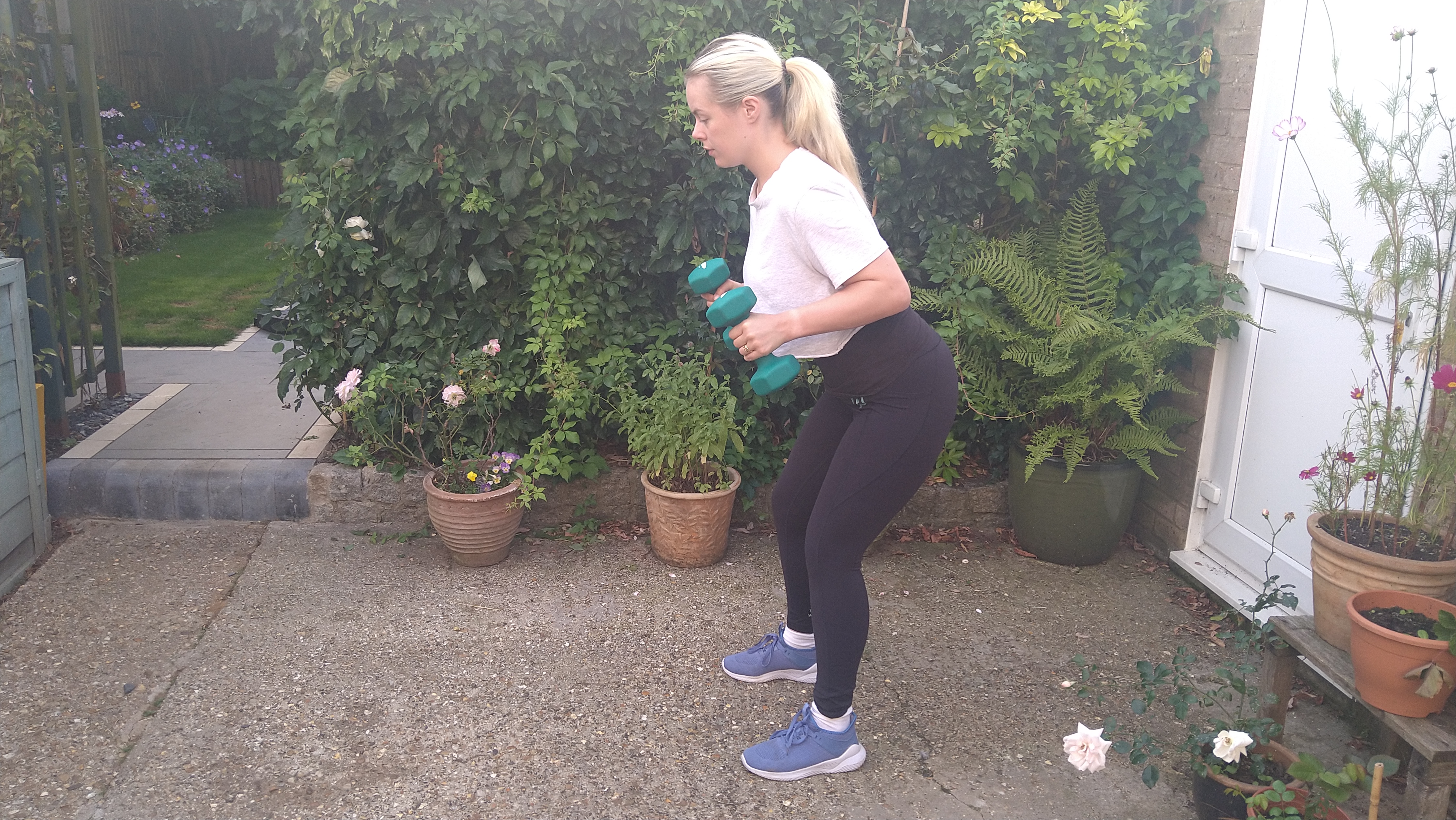
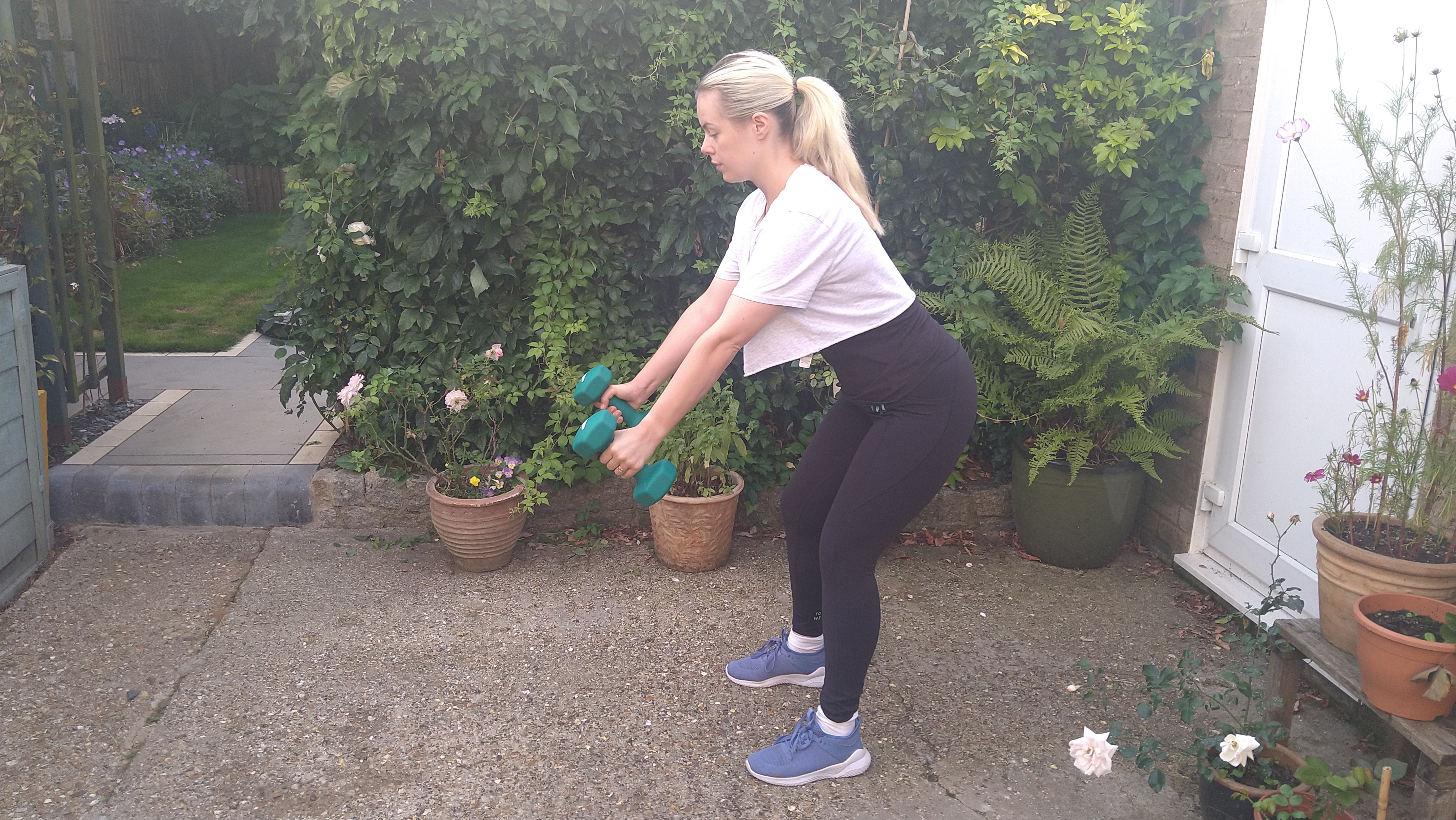
- Position: Stand with a dumbbell in each hand, feet hip-width apart, knees slightly bent, and hinge forward at the hips.
- Pull: Keeping your back straight and abs braced, pull the dumbbells toward your ribs while squeezing your shoulder blades together.
- Lower: Slowly lower the dumbbells back down, maintaining control and keeping your torso still.
For more workout suggestions, see our full body dumbbell workout or have a go at this equipment-free, beginners bodyweight workout.
Need help picking your next weights? See our round-up of the best adjustable dumbbells






